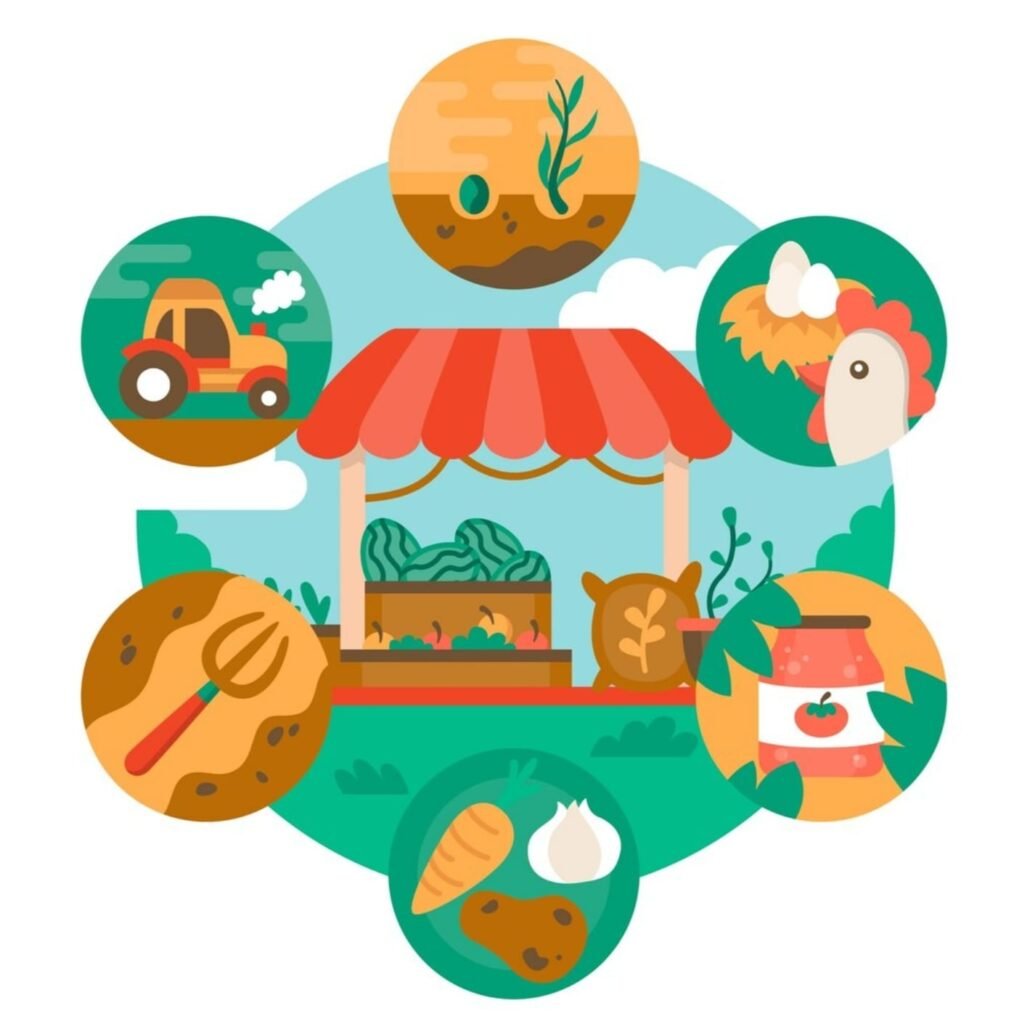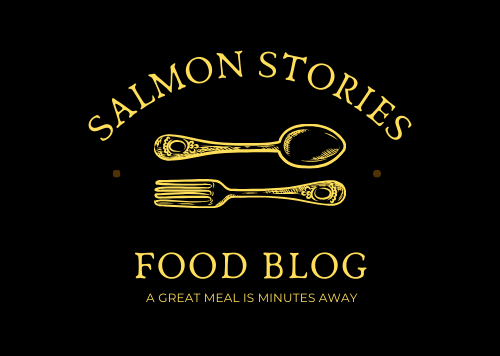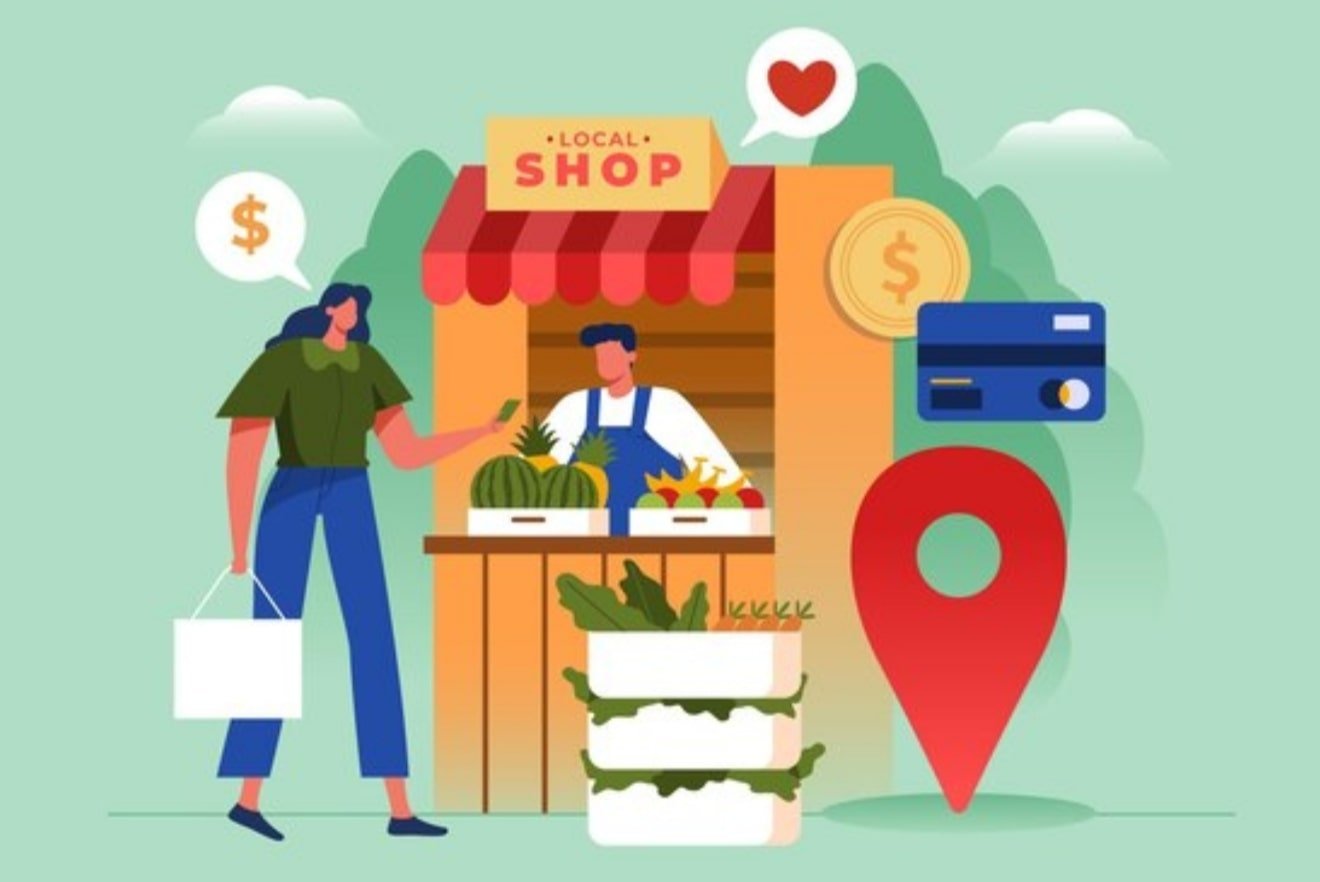Introduction:
In a world where sustainability and environmental consciousness are gaining paramount importance, the concept of hyperlocal sourcing emerges as a compelling solution to address the environmental footprint associated with our food supply chains. As we strive to reduce food miles and embrace a more sustainable approach to consumption, hyperlocal sourcing takes center stage, emphasizing the significance of sourcing food from nearby communities.
This blog delves into the intricacies of hyperlocal sourcing, exploring its potential as a viable solution to minimize food miles and foster a more eco-friendly food ecosystem. Join us on this journey as we unravel the essence of hyperlocal sourcing and its role in reshaping the way we connect with the food on our plates.
The Environmental Impact of Food Miles
In the modern globalized food industry, the distance our food travels, often referred to as “food miles,” has far-reaching implications for the environment. The journey from farm to table is marked by a web of transportation, contributing to carbon emissions, resource depletion, and environmental degradation. In this exploration of “The Environmental Impact of Food Miles,” we unravel the intricate connections between our consumption habits and the planet’s well-being.
Join us as we delve into the ecological footprint left by the long-distance transportation of food and examine how embracing hyperlocal sourcing can emerge as a powerful antidote to mitigate this impact. Let’s navigate the environmental intricacies of our food choices and discover how a shift towards hyperlocal sourcing can pave the way for a more sustainable and environmentally conscious future.
Empowering Local Farmers
In a world increasingly aware of environmental impact, embracing hyperlocal sourcing emerges as a compelling solution to mitigate food miles and bolster local economies. The essence of “Empowering Local Farmers” lies in fostering a symbiotic relationship between communities and their agricultural backbone.
By prioritizing hyperlocal sourcing, we not only minimize the carbon footprint associated with transporting goods over long distances but also empower local farmers economically. This approach revitalizes regional agriculture, granting farmers a more direct route to market and consumers a heightened connection to the source of their sustenance. The blog will delve into the transformative potential of this model, shedding light on how hyperlocal sourcing can be a pivotal driver in building sustainable, resilient, and thriving communities
Building Stronger Communities
“Building Stronger Communities” through hyperlocal sourcing represents a transformative approach to nourishing both people and local economies. In the pursuit of reducing food miles, embracing hyperlocal solutions not only lessens the environmental impact but also cultivates resilience within communities. By connecting consumers directly with nearby farmers and producers, this model fosters a sense of shared responsibility and cooperation.
The blog will explore how this intimate collaboration strengthens the fabric of local societies, encouraging a more profound appreciation for the origins of our food. As communities become more self-sufficient, the ripple effects extend beyond the dinner table, encompassing economic growth, social bonds, and a heightened awareness of the interconnectedness between what we consume and the thriving ecosystems around us.
Elevating Freshness and Quality
“Elevating Freshness and Quality” through hyperlocal sourcing is a paradigm shift in our approach to food consumption. By minimizing the distance between producers and consumers, this model ensures that what ends up on our plates is not only fresher but also of superior quality. The blog will delve into the intricate relationship between proximity and the preservation of flavor, nutrients, and overall product integrity.
From farm to table in the shortest possible span, the emphasis on local connections becomes a conduit for savoring the true essence of each ingredient, promoting a renewed appreciation for the unparalleled richness that comes with prioritizing freshness and quality in our food choices.

Economic Efficiency through Shorter Transportation Routes
“Economic Efficiency through Shorter Transportation Routes” emerges as a pivotal aspect of hyperlocal sourcing, offering a practical solution to reduce food miles and bolster economic sustainability. The blog will unravel the intricate web of benefits associated with shorter transportation routes, emphasizing the direct impact on cost-effectiveness. By streamlining the journey from local farms to consumers, businesses can significantly cut down on transportation expenses, resulting in a more efficient and economically viable supply chain.
The narrative will explore how this efficiency not only benefits local farmers by providing them with a more direct route to market but also contributes to the overall economic resilience of communities. In essence, the blog will shed light on how the embrace of hyperlocal sourcing translates into a win-win scenario, optimizing economic efficiency while simultaneously reducing the environmental footprint associated with food production and distribution.
Culinary Diversity through Local Produce
“Culinary Diversity through Local Produce” celebrates the rich tapestry of flavors that emerges when communities prioritize hyperlocal sourcing. By reducing food miles and connecting chefs and home cooks directly with nearby farmers, this approach becomes a cornerstone for embracing culinary diversity. The blog will explore how the distinct character of local produce adds depth and authenticity to regional cuisines. From heirloom varieties to unique seasonal offerings, readers will discover how hyperlocal sourcing becomes a conduit for preserving and celebrating culinary traditions.
Emphasizing the vibrant array of ingredients sourced close to home, the narrative will illustrate how this practice not only enhances the taste and quality of dishes but also fosters a deeper connection between consumers and the diverse agricultural tapestry that surrounds them.
Technology’s Role in Facilitating Hyperlocal Sourcing
“Technology’s Role in Facilitating Hyperlocal Sourcing” serves as the backbone of a dynamic shift towards sustainable and localized food systems. In the upcoming blog, the focus will be on how technological advancements play a pivotal role in connecting local farmers with consumers. From online platforms facilitating direct farmer-consumer transactions to data-driven supply chain management, technology acts as a catalyst in streamlining the hyperlocal sourcing process.
By exploring these technological avenues, the blog aims to illustrate how embracing digital solutions empowers local producers, enhances transparency, and ultimately contributes to the reduction of food miles while ensuring the continued growth of hyperlocal sourcing in our modern, interconnected world.
Overcoming Challenges in Hyperlocal Sourcing
“Overcoming Challenges in Hyperlocal Sourcing” illuminates the path toward a more sustainable and resilient food supply chain. In the upcoming blog, the narrative will navigate through the inherent challenges of hyperlocal sourcing and shed light on innovative solutions. From logistics hurdles to seasonal variations, the piece will explore how communities and businesses can address and surmount these obstacles.
By understanding and proactively resolving challenges, the blog aims to inspire a broader adoption of hyperlocal sourcing practices. Ultimately, it will emphasize that while there may be complexities in embracing this model, the benefits in terms of reduced food miles, community empowerment, and environmental impact make it a transformative and worthwhile endeavor.




